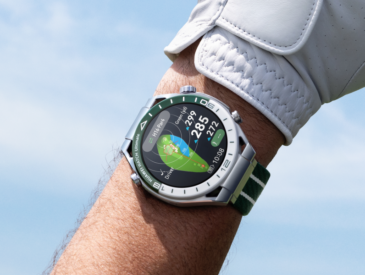An engagement ring is not just a piece of jewelry; it symbolizes love, commitment, and a promise for the future. However, extreme conditions can pose a significant threat to the integrity and appearance of your engagement ring. Whether you’re planning a mountain hike, heading to the beach, or experiencing a drastic change in climate, knowing how to protect your engagement ring in these situations is crucial. Here are some effective strategies to keep your cherished ring safe.
Understanding the Risks
Extreme conditions can include high temperatures, cold weather, exposure to saltwater, or even harsh chemicals. Each of these factors can lead to potential damage to your engagement ring. For instance, heat can weaken certain metals, while cold can make stones more susceptible to falling out. Additionally, exposure to elements like sand or chlorine can lead to scratches or tarnishing.
- Remove Your Ring When Necessary
One of the simplest ways to protect your engagement ring in extreme conditions is to take it off when engaging in activities that could lead to damage. If you’re planning on swimming, hiking, or doing any strenuous activity, it’s best to leave your ring at home or in a secure place. This minimizes the risk of loss or damage significantly.
- Use a Protective Case
If you must travel or go out without your engagement ring, consider investing in a protective case. Many jewelry boxes are compact and specifically designed for travel, providing a secure environment for your ring. Look for a case that offers padding and compartments to prevent any movement that could cause scratches or damage.
- Be Cautious with Chemicals
Extreme conditions often involve exposure to various chemicals, whether from swimming pools, hot tubs, or cleaning products. Chlorine and other harsh substances can dull the finish of your engagement ring or damage its stones. Always remove your ring before using chemicals and consider wearing gloves if handling them without removing your jewelry.
- Clean and Maintain Regularly
Regular cleaning and maintenance of your engagement ring are essential, especially if exposed to extreme conditions. Use a soft cloth to wipe your ring after exposure to saltwater or dirt. Additionally, consider having your ring professionally cleaned and inspected at least once a year to ensure its settings and stones remain secure.
- Choose the Right Metal and Stone
When selecting an engagement ring, consider materials that can withstand harsh conditions. For instance, platinum is more durable than gold and is less likely to scratch or bend. Similarly, consider diamonds or sapphires, which are more resilient than softer stones. If you anticipate facing extreme conditions often, consult with a jeweler about the best materials for your lifestyle.
- Avoid Temperature Extremes
Both high and low temperatures can impact your engagement ring. In extreme heat, metal can expand, potentially loosening stones, while extreme cold can cause them to contract. Try to avoid exposing your ring to extreme temperatures for prolonged periods, such as leaving it in a hot car or exposing it to icy conditions.
Conclusion
Protecting your engagement ring in extreme conditions doesn’t have to be daunting. By taking a few simple precautions, such as removing your ring when necessary, using a protective case, and choosing the right materials, you can ensure your ring remains in pristine condition. Remember, your engagement ring is a symbol of your love, and safeguarding it allows you to cherish that commitment for years to come.





